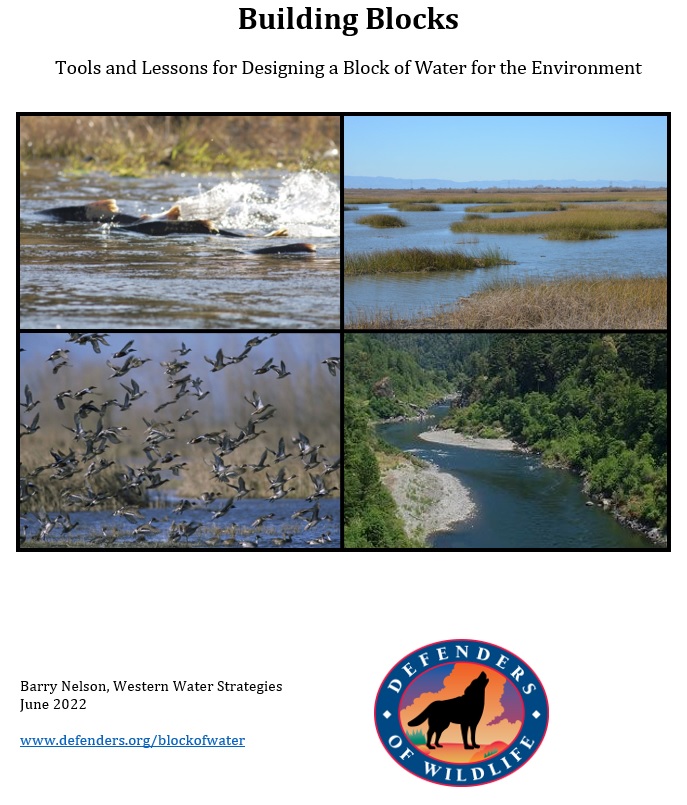In California, across the Western United States and in many locations around the globe, competition for freshwater resources has increased and impacts on aquatic ecosystems are growing. In response to this situation, and as an alternative to traditional environmental regulation, many programs have been established or proposed to create a block of water dedicated to the environment – sometimes called an environmental water budget.
The focus on environmental blocks of water is often driven, at least in part, by the perception that flexible management of water for the environment can create more meaningful ecosystem improvements using less water than more rigid regulatory approaches.
Yet conversations about creation of blocks of water for the environment often remain at a high level and lack detail. To move beyond general discussions, this paper provides a guide for efforts seeking to create an environmental block of water. It does so by laying out a series of questions that should be answered—or at least contemplated and discussed—in the process of creating a new environmental water program. The guide is not prescriptive—i.e., it does not opine on how the questions should be answered. Rather, it seeks to provide a tool to ensure key aspects of a program are addressed and to help participating entities reach a shared understanding of how the program could work. The paper is not focused on presenting recommendations, because there are multiple ways to answer these questions to produce a successful outcome in different settings.
This document was written in close collaboration with Defenders of Wildlife staff. We hope it distills key lessons from the examples presented and does justice to the thoughtful input from the many interviewees. Most importantly, we hope those lessons and that input will increase the likelihood of success in future efforts to create blocks of water for the environment.

